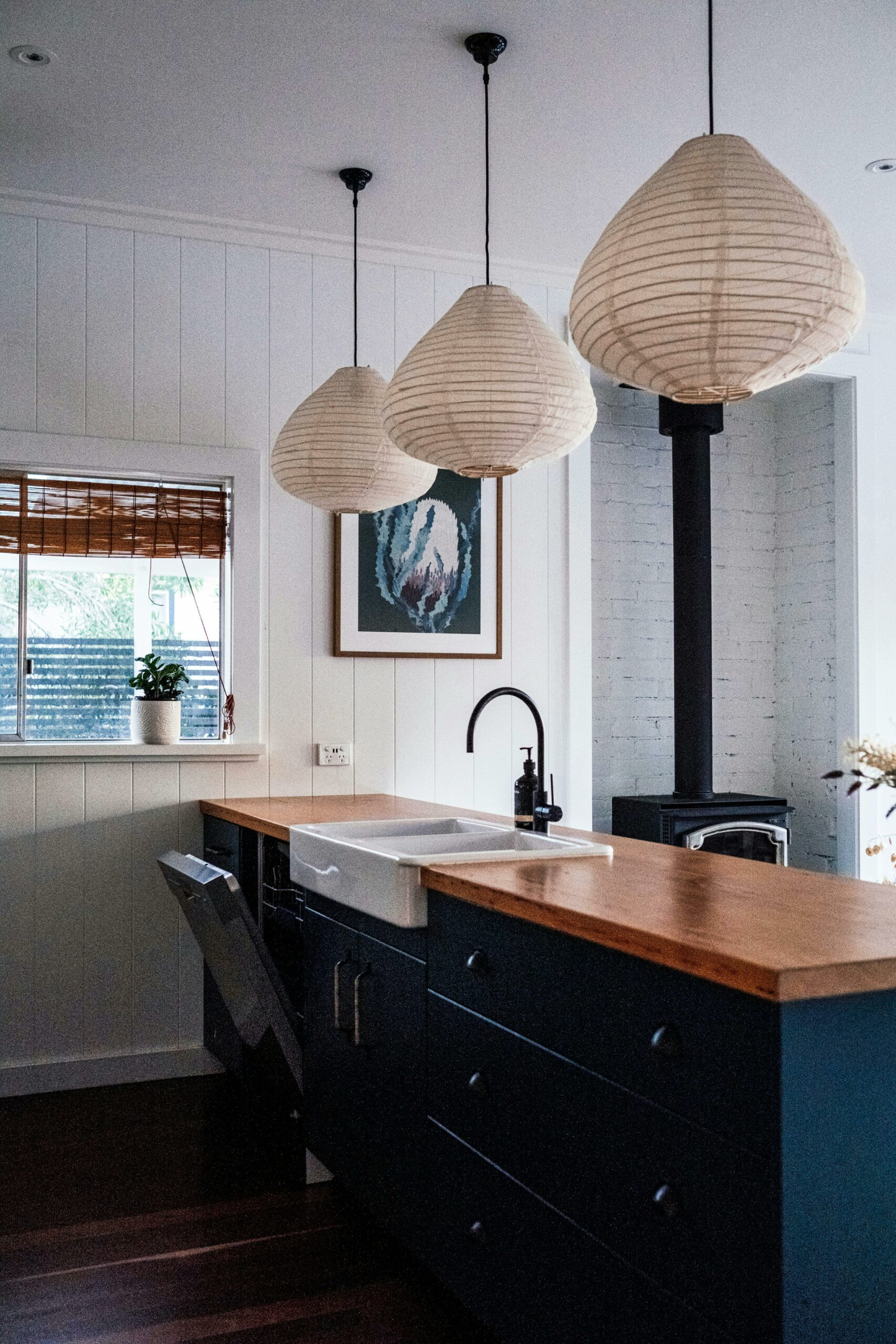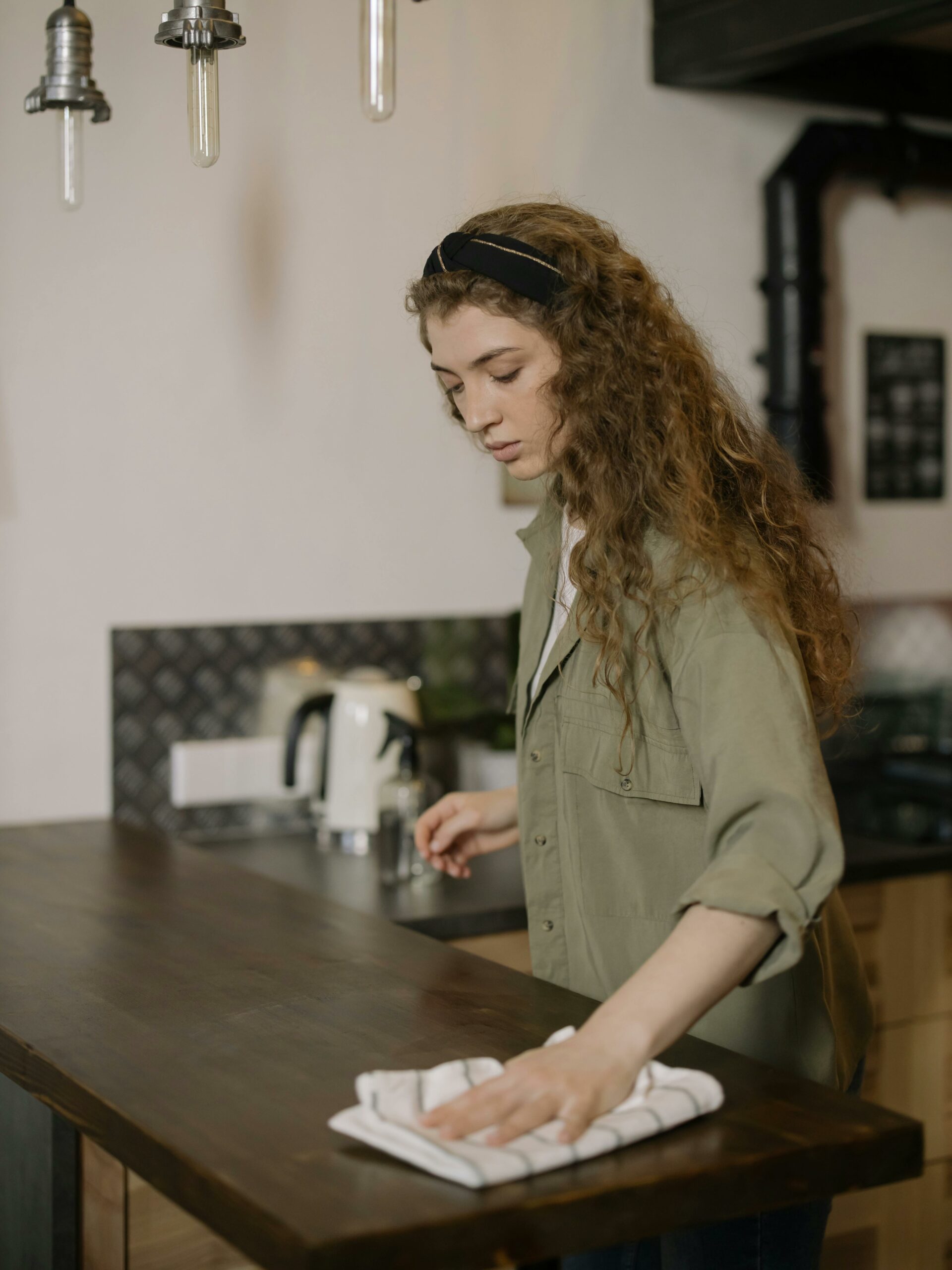Toilets are undeniably among the most essential plumbing fixtures in any household. They are used frequently, often without a second thought, and the expectation is that they will function flawlessly whenever needed.
However, like any other mechanical component, toilets can deteriorate over time or experience sudden damage. In such situations, it becomes imperative to enlist the services of a local plumbing professional for toilet installation.

Types of Toilets You Can Install
While some may assume that toilets are all the same, the reality is quite different. When you’re in the market for a new toilet installation, you’ll quickly discover a range of options, including different styles, bowl shapes, and flush mechanisms.
However, it’s important to familiarize yourself with the three main types before making a decision for your toilet installation. Your local plumbers should be skilled in installing all these toilet types:
- Close-Coupled Toilets: This is the most common type of toilet installation in Toronto and across Canada. The tank is positioned above and behind the bowl, closely coupled together. One advantage is the easy access to the tank—typically, lifting the lid off allows for simple maintenance tasks like untangling the flush chain or checking water levels.
- Back-to-Wall Toilets: Functionally similar to close-coupled toilets, these toilets have a concealed tank, often inside a wall or furniture piece like a cabinet. They offer a clean, modern appearance and maximize bathroom space.
- Wall-Hung Toilets: Wall-hung toilets conceal the tank within a wall, and the bowl is suspended, creating a streamlined and contemporary look. Cleaning around and underneath these toilets is convenient as there’s no floor pedestal. However, accessing the tank for repairs can be challenging as it’s inside the wall.
Within these types, variations like corner toilets (fitting into room corners), elongated or wide bowls, and toilet and basin combinations (featuring a small sink on the tank for handwashing) are available.
It’s essential to consider your specific preferences and bathroom space when choosing the right toilet installation for your needs.
Flush Mechanisms: Understanding Options
When it comes to flush mechanisms, there are several options available, regardless of whether you have a close-coupled, back-to-wall, or wall-hung toilet. Choosing the right flush mechanism can have a positive impact on your water bills by conserving water usage with each flush.
It’s a common concern that toilets using less water might not provide effective flushing, but there are alternatives to excessive water consumption. These alternatives include pressure-assisted and gravity-assisted flush mechanisms.
Additionally, dual flush mechanisms offer two options—a half-flush for liquids and a full flush for solids, allowing you to use the appropriate amount of water for each situation and avoid unnecessary water wastage.
Frequently Asked Questions About Toilet Installation in Toronto: What Are the Signs That Indicate It’s Time for a New Toilet Installation?
Knowing when to replace your toilet can be a common question for homeowners. If your toilet has lost its efficiency and you find yourself hoping for a successful flush every time, it’s likely time for a new installation.
Toilets tend to deteriorate gradually, making it important to recognize the signs early to avoid more serious issues like floor flooding. Here are some warning signs to look out for.
Signs You Need a New Toilet Installation:
- Cracks: Even a tiny hairline crack in the porcelain of your toilet bowl, pedestal, or tank warrants a new toilet installation. Cracks tend to worsen over time and can harbor bacteria, leading to unsanitary conditions.
- Frequent Clogs: If your older low-flush toilet frequently clogs, temporary drain and toilet repair services may not provide a lasting solution. It’s a clear sign that it’s time for a new toilet installation.
- Wobbling on Base: When your toilet wobbles or shifts on its base when someone sits on it, it’s usually due to stripped, broken, or corroded bolts. While new bolts might fix the issue sometimes, a complete replacement is often necessary to ensure a stable toilet pedestal and prevent water leaks.
- High Water Bills: If your old toilet consumes a significant amount of water with each flush, leading to high water bills, it’s time for a change. Installing a more water-efficient toilet can result in noticeable savings on your utility bill.
- Scratched or Chipped Porcelain: While minor scratches may not seem like a concern, they can allow bacteria to penetrate and make cleaning difficult. Extensive scratching indicates the need for toilet replacement to maintain cleanliness and hygiene.
Toilet Installation Cost in Toronto:
The cost of toilet installation in Toronto can vary significantly based on various factors. Without specific details about your installation, it’s challenging to provide an accurate estimate.
Factors such as drain relocation or adjustments can impact both the time and cost of the installation. To get a better understanding of the cost involved, contact a local plumbing service. Once they have more information about your requirements, they can provide a more precise cost estimate.
Additionally, keep in mind that the cost of the new toilet itself can vary based on the type and features you choose. Whether you opt for a modern or basic toilet installation, your local plumber is ready to answer any question you may have.
Duration of Toilet Installation
The duration of toilet installation can vary depending on factors such as the need for drain adjustments or any unexpected issues encountered during the process. In general, toilet installation typically takes approximately two to four hours.
This timeframe includes the removal of the old toilet and wax ring before proceeding with the installation of the new toilet.
How Soon Can a Toilet Be Used After Installation?
When it comes to using a newly installed toilet, it’s technically ready for use immediately. However, to ensure the caulk has sufficient time to dry and securely adhere, it’s advisable to wait for safety.
Typically it is recommended allowing approximately three to six hours for the caulk to dry before using the toilet, if possible. This waiting period helps prevent any immediate caulk lifting, ensuring a stable and lasting installation.






